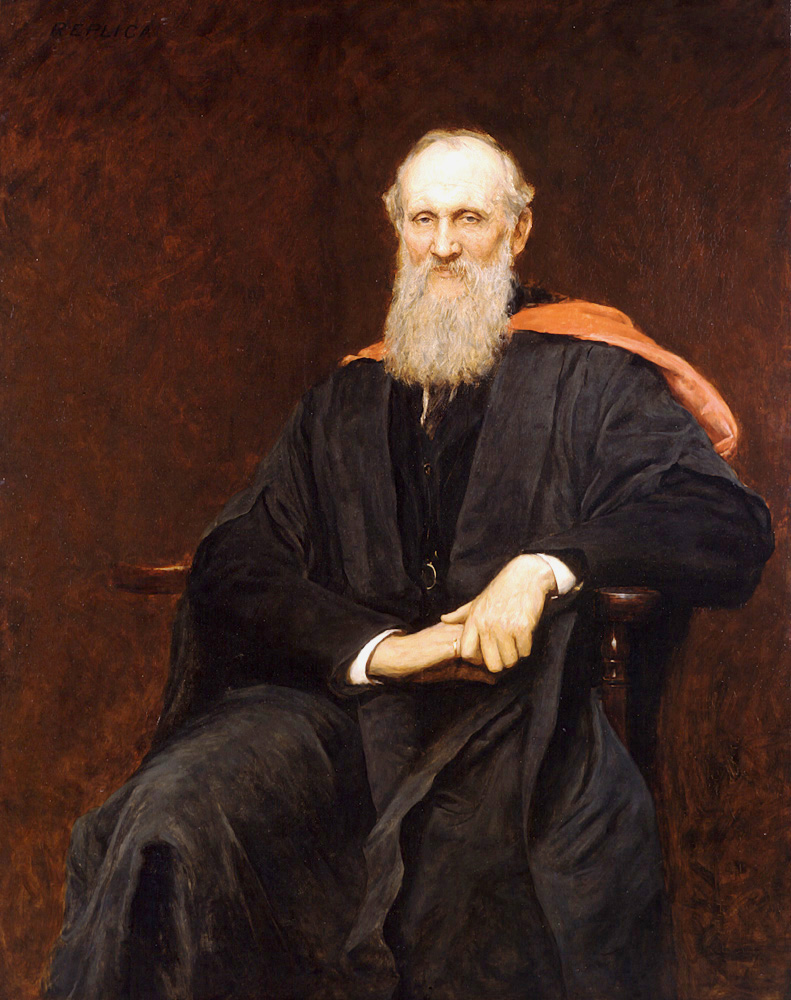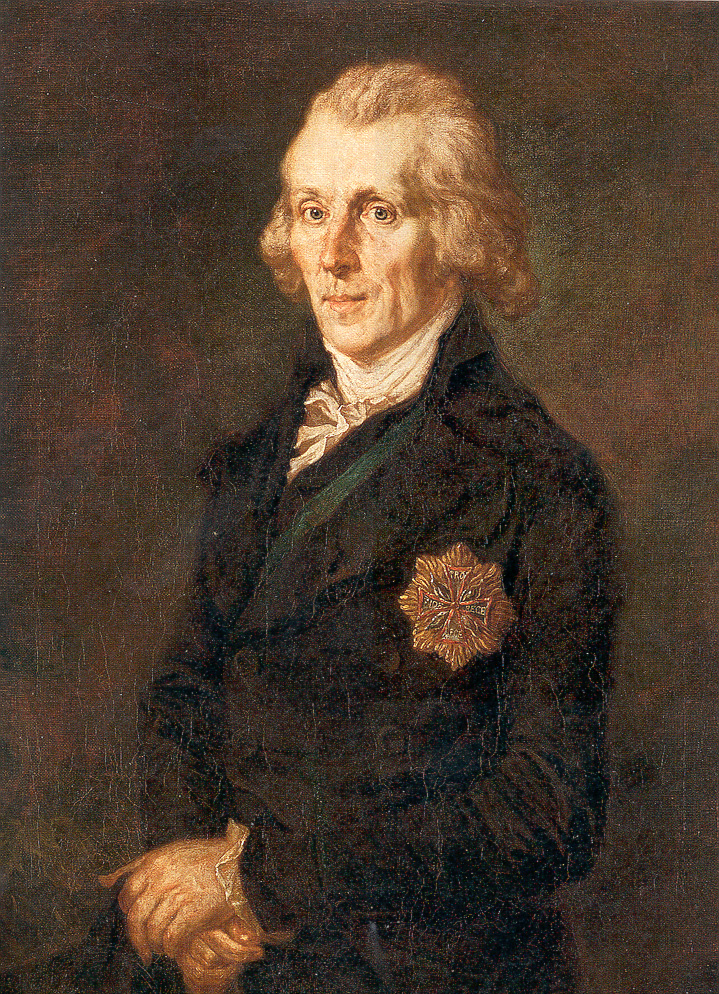
William Thomson (1824 – 1907) was a Scottish physicist known for early work in thermodynamics and for establishing the Kelvin temperature scale. In 1892 he was ennobled Baron Kelvin for his work on thermodynamics and is also known as Lord Kelvin – the name from which the Kelvin temperature scale is given in his honor.
William Thomson was born in Belfast and attended Cambridge University where he took an interest in mathematics and physics. After he graduated he found himself working as a professor at the University of Glasgow where he would stay for the next 50 years. His early work was in thermodynamics but he his real genius was in that he was able to synthesis a variety of sub-disciplines in physics such as heat, mechanics, electricity, and magnetism.
Thomson is most known for his work in thermodynamics, in particular for his proposal of an absolute temperature scale which is named Kelvin in his honor. The Kelvin scale uses the same scale as the Celsius but sets the value of 0 at the point at which there is no movement in molecules and hence no heat. This value is approximately -273. Thomson also helped to develop the second law of thermodynamics which states the heat moves from hotter to colder objects, or stated another way that entropy always increases. He surmised that if entropy always increased that there would come a point where no work could be done and there would be total uniformity throughout the universe. This he called the heat death of the universe.
Throughout his life Thomson was active in all area’s of science. He was a friend and colleague to James Clerk Maxwell and some of his idea’s help Maxwell to formulate his electromagnetic theories. He was interested in geology and evolution, but he ultimately sided against Darwin’s Theory on Evolution by Natural Selection on the basis that he thought the Earth was no hospitable to life long enough to allow evolution to run its course. In this he was later proved to be wrong. Lord Kelvin lived a long and successful 83 years of life and is buried at Westminster Abbey.
